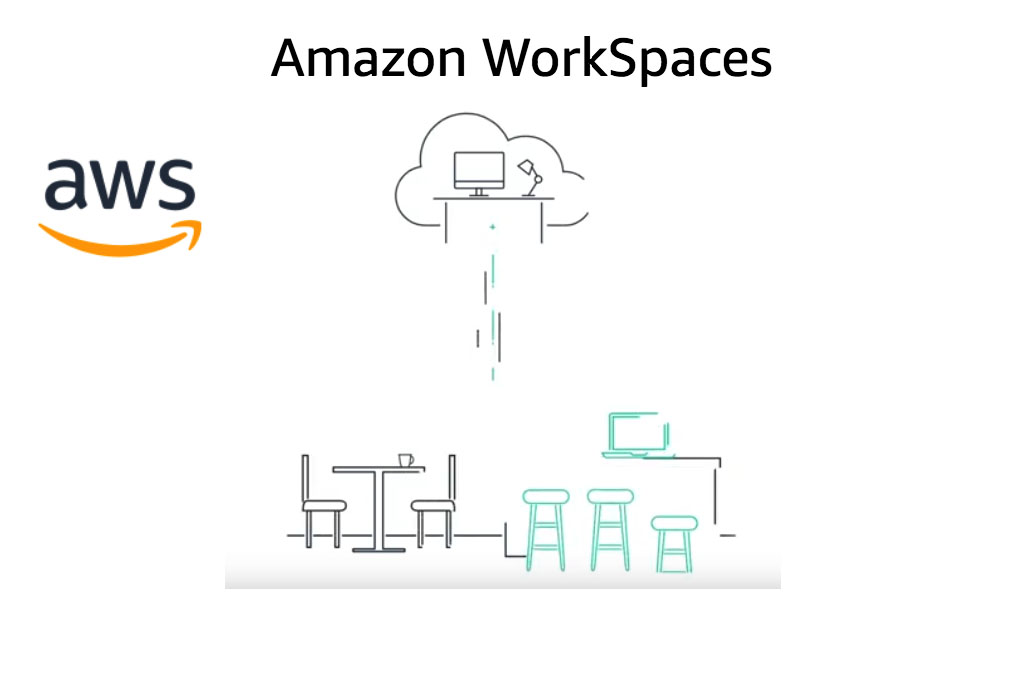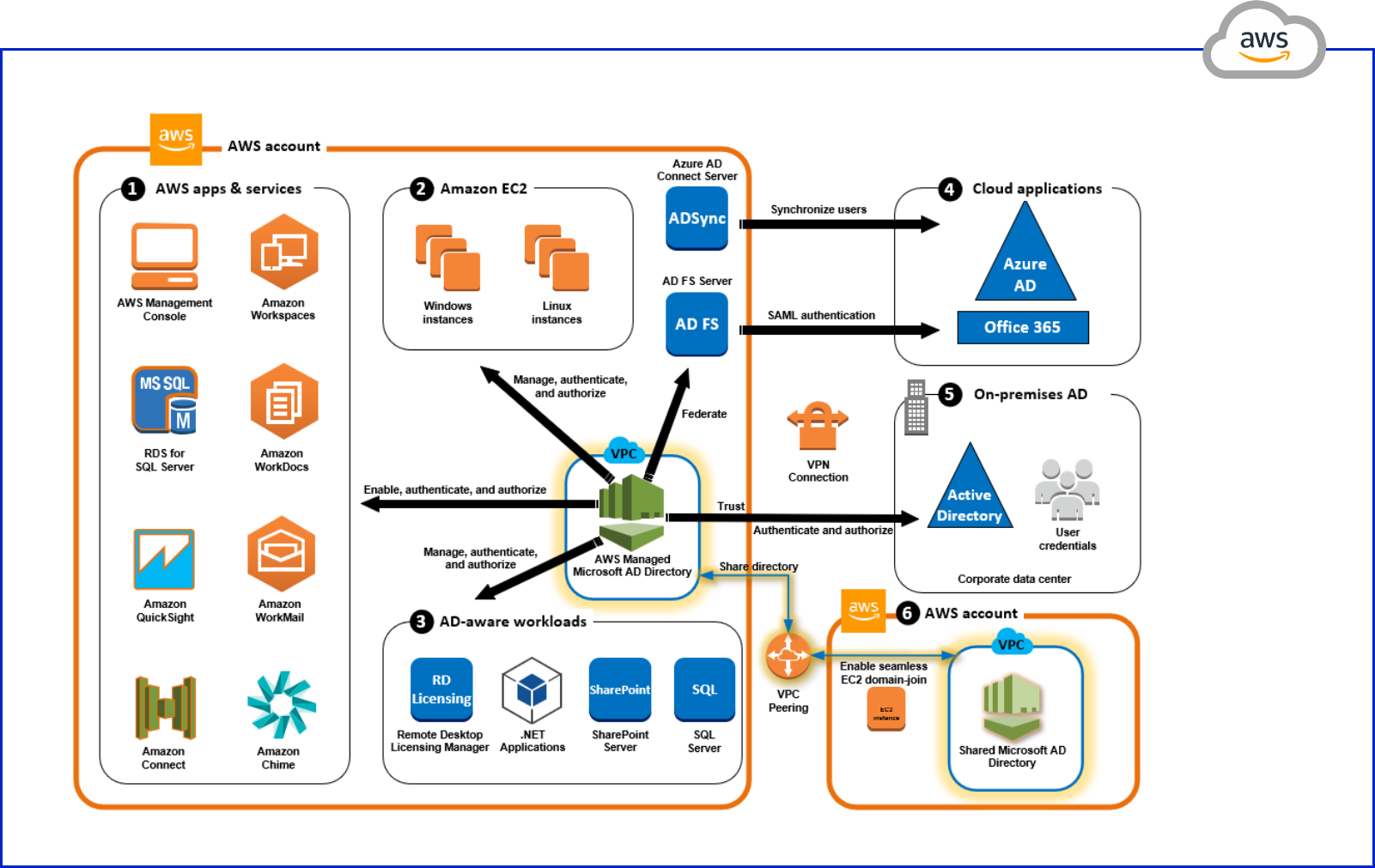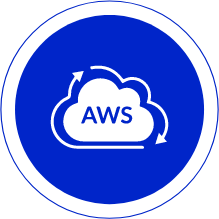

If ! command -v session-manager-plugin then echo "Installing AWS session manager plugin" TMP_DIR = " $(mktemp -d )" cd " $TMP_DIR" || exit 1 curl "" -o "b" sudo dpkg -i "b" cd " $OLD_DIR" rm -rf " $TMP_DIR" fi 🧪 Configuration Configure AWS Environment Variables in GitpodĪWS CLI requires some environment variables to be configured for executing AWS CLI commands. This facilitates the AWS CLI to start and end sessions that connect you to your managed nodes.
#Aws workspaces cli install#
This is an optional step, but you should first install the Session Manager plugin on your local machine. If then echo "Installing ecr-login helper" OLD_DIR = " $PWD" TMP_DIR = " $(mktemp -d )" cd " $" fi (Optional) Install AWS Session Manager Plugin To automate it, we wrote it as a shell script so that you don’t need to run those commands every time. To Install AWS CLI on Gitpod, you need to run a certain set of commands given in AWS CLI docs.
#Aws workspaces cli code#
You can find these lines of code here in the config script. We will discuss various installation steps and show you a snippet of the configuration script. Let’s understand the Installation, Configuration and Usage steps in detail. It lets you configure the persistent env variables into your workspace and use them in your code. and add those as environment variables at Gitpod settings. We will use some public configuration options from the SSO like AWS_SSO_REGION, AWS_SSO_URL etc. The config script automates the whole process of installing CLI and ECR helper whenever you open a new Gitpod workspace. gitpod.yml file, located at the root of your project. The flow diagram below describes how we have done it in our demo-aws-with-gitpod template repo in 3 steps: Flow Diagram of Integration of AWS CLI & GitpodĪs you open a new gitpod workspace, it gets configured through. We will provide you with a setup that will provision AWS CLI and enable SSO when you open a new ephemeral Gitpod workspace. gitpod.yml for ready-to-code Gitpod Workspace 🚀 Overview Tl dr You need to configure AWS secrets, add this configuration shell script in your project & this task in your. This lets you work on many ephemeral workspaces at once frictionlessly as you will not have to install or configure the settings multiple times ✨ So you will always get a ready-to-use workspace with AWS CLI configured, including all the required secrets. In 3 simple steps, we will:Īll these steps would be automated. In this guide, we will show you how you can set up AWS SSO & AWS ECR on Gitpod ephemeral workspace. AWS SSO is a cloud SSO service that makes it easy to centrally manage SSO access to multiple AWS accounts and enterprise applications. These images can be private, so some authentication is required, usually AWS SSO. For instance, sometimes developers need to pull or push images from or to AWS ECR.


4 and 5 to verify the last user login, returned by the User Last Active attribute value, for other WorkSpaces instances provisioned in the current region.Ġ7 Change the AWS region from the navigation bar and repeat the audit process for other regions.Integrate AWS Single Sign-On (SSO) and Amazon Elastic Container Registry (ECR) with GitpodĪ common use case in organizations for developers, when working on Gitpod ephemeral environment, is the need to access various AWS services.

10:32:54 UTC), the selected WorkSpaces instance is not in use anymore and can be safely removed from your AWS account in order to stop accumulating unnecessary usage charges.Ġ6 Repeat step no. If the last user login was registered more than 30 days ago (e.g. 03 In the left navigation panel click WorkSpaces to access the service instances listing page.Ġ4 Choose the WorkSpaces instance that you want to examine then click on its Hide or Show Details button:Ġ5 On the selected instance configuration details panel, verify the User Last Active attribute value to determine the last time when a known user accessed the WorkSpaces instance.


 0 kommentar(er)
0 kommentar(er)
